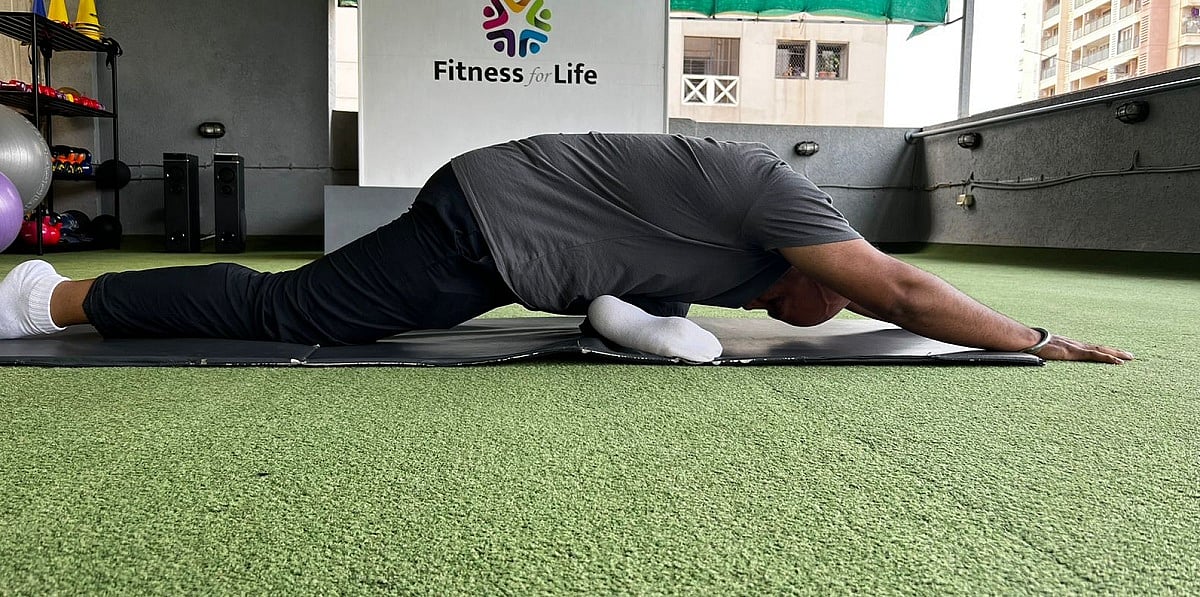From freepressjournal.in
By Bipin Salvi
Sciatica means lower back pain that radiates all the way till the foot
For the unversed, sciatica is lower back pain that radiates downward into the left or right buttock then the leg and sometimes the foot. In some cases, the pain can be excruciating. You may also experience back pain, but it’s not usually as severe as the pain in your buttock, leg or foot. When a person is diagnosed with sciatica, the doctor will advise treatment for managing the pain. However, it is important to continue your daily activities as much as possible. Lying in bed and/or avoiding activity can worsen the condition.
Managing pain
Ice packs: Wrap an ice pack in a towel and apply it to the affected area for short intervals several times daily. This has to be done for the first few days. This helps in reducing swelling
and easing pain.
Heat packs: You can also use a heating pad or a hot pack. But ideally, it’s recommended that you use ice during the first couple of days to reduce swelling. After two-three days you can switch to a heat pack. Heat relaxes muscles in the back, which can spasm if an injury occurs. If the pain continues, alternate between ice and heat packs.
Exercises for sciatica
Regular exercise
Endorphins work as natural pain relievers. The more active you are, more endorphin is released. Stick to low impact activities like swimming and stationary bicycle initially.
After your endurance improves, you can start an exercise regimen that includes aerobics, core stability, and strength training. Exercises can improve your posture and strengthen your lower back and hip muscles.
Stretching
It’s important to learn how to stretch properly. Get physical therapy or seek guidance from a yoga expert or a physiotherapist or a coach trained to deal with your injury.
Glute bridge

This is one of the best exercises for strengthening your hip, glutes and lower back, which are the crucial areas for triggering sciatica. This exercise can be done lying on the floor or on a bed. Bend your knees and raise the hip as per your comfort level. Gradually increase the range — it can be done with one leg raised as well.
Pigeon stretch

Several pigeon stretches can be done depending on the level of pain. These stretches release the piriformis muscle, which compresses the sciatic nerve. Pigeon stretches provide relief in the buttock area of the leg which is crossed above. This exercise should be repeated for both legs.
Lying down floor stretch

Lie down and cross one leg on the other. Bend the knee of the second leg. Now, pull the second leg with the help of your hands towards your chest.
Seated floor stretch

Sit on the floor or bed with one leg straight and the second leg crossed on it. Slowly raise the straight leg by bending it at the knee. Before that place your hands behind your buttocks on the floor for support and then lean forward.
Standing stretch

Wouldn’t recommend a standing stretch for the beginners or those in enormous pain.
Seated chair stretch

Sit on a chair and cross one leg on the other. Bend forward while exhaling.
Always consult a medical professional before starting a new exercise routine at home to make sure it is safe for you. If you’ve been dealing with sciatica for a few weeks or have chronic low back and leg pain, see your doctor immediately.
No comments:
Post a Comment